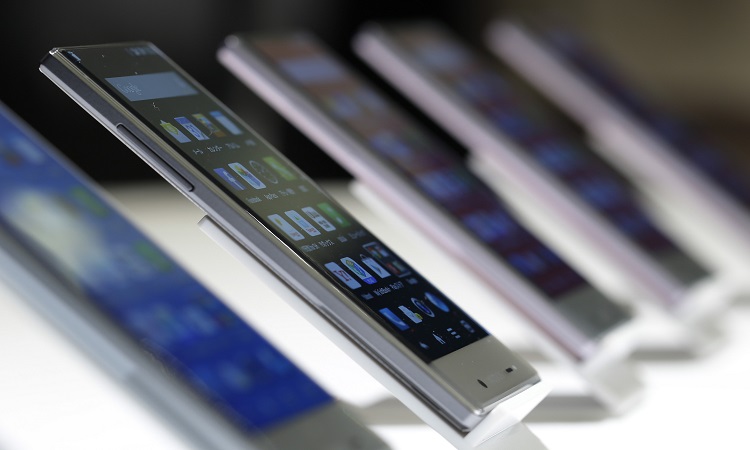Smartphone manufacturers are currently competing on the size of screens, always larger. This has a negative impact on autonomy, considerably increasing power consumption. Researchers at Imperial College London have developed a new type of Oled screen that could increase the brightness of the devices while reducing their consumption.
Small Oled or organic light-emitting diodes light the pixels of the screens. In order for the screen to be readable in the sun, manufacturers cover it with a filter to reduce glare. However, this filter also blocks half of the light produced by the screen, forcing the camera to use more energy to increase the brightness.
Polarized light that passes through the filter
The researchers’ invention consists in modifying the chemical components inside the diodes, which would then produce a polarized light capable of passing through the lossless antireflection filter. With less scattered light, the power consumption of screens could be reduced by half, significantly increasing the autonomy of smartphones.
The technology would not only apply to mobiles, but also to all types of screens, such as tablets, laptops, and TVs, to reduce the electricity bill, but also a better visual comfort with improved brightness and contrast. The researchers also indicated that this technology could also be used in the storage, transmission, and encryption of information.




